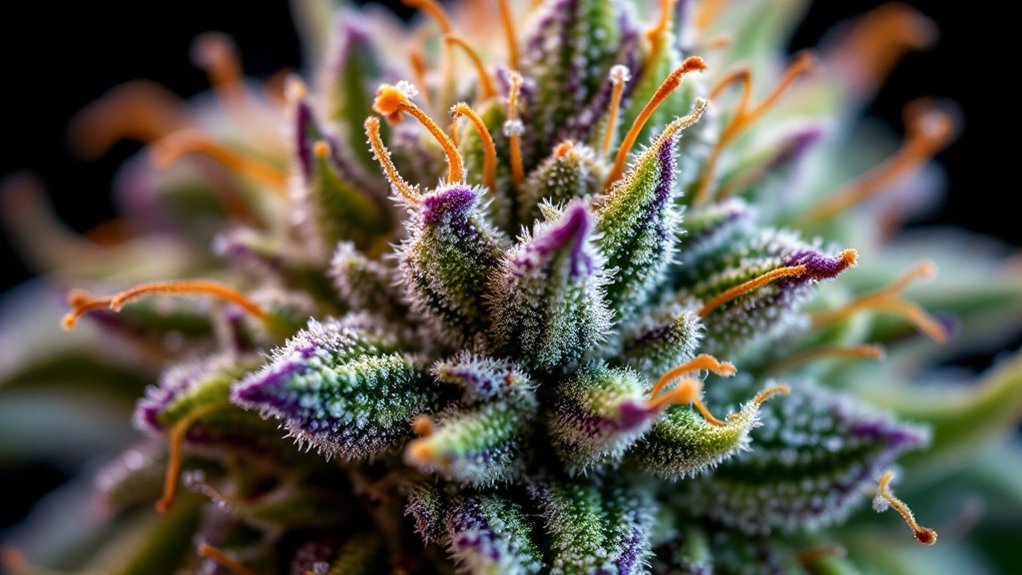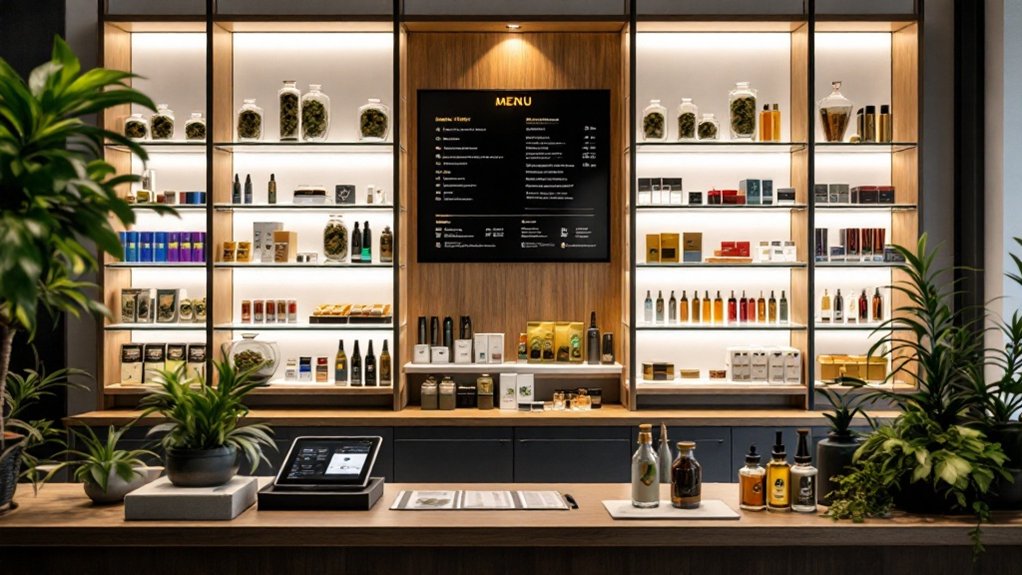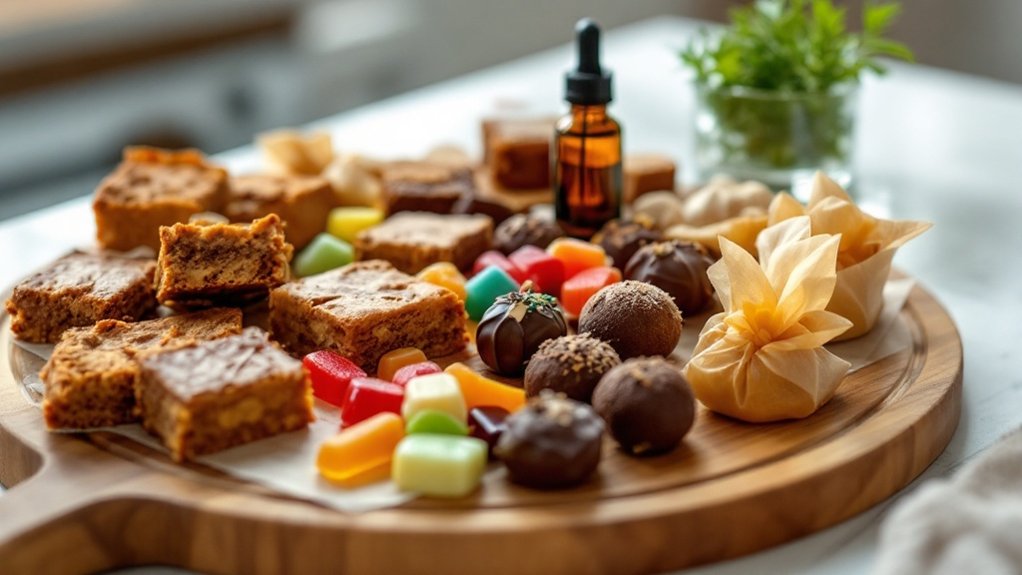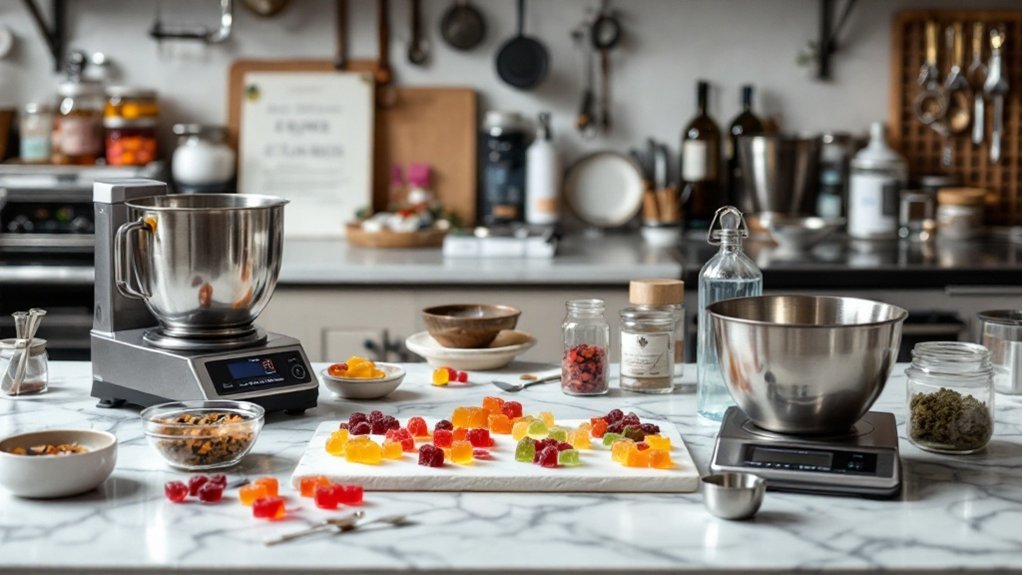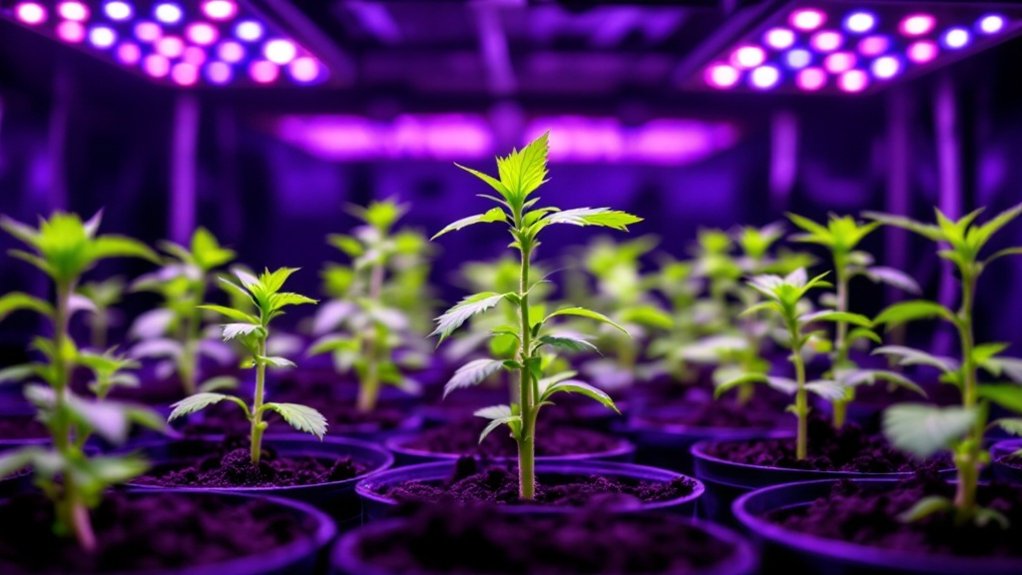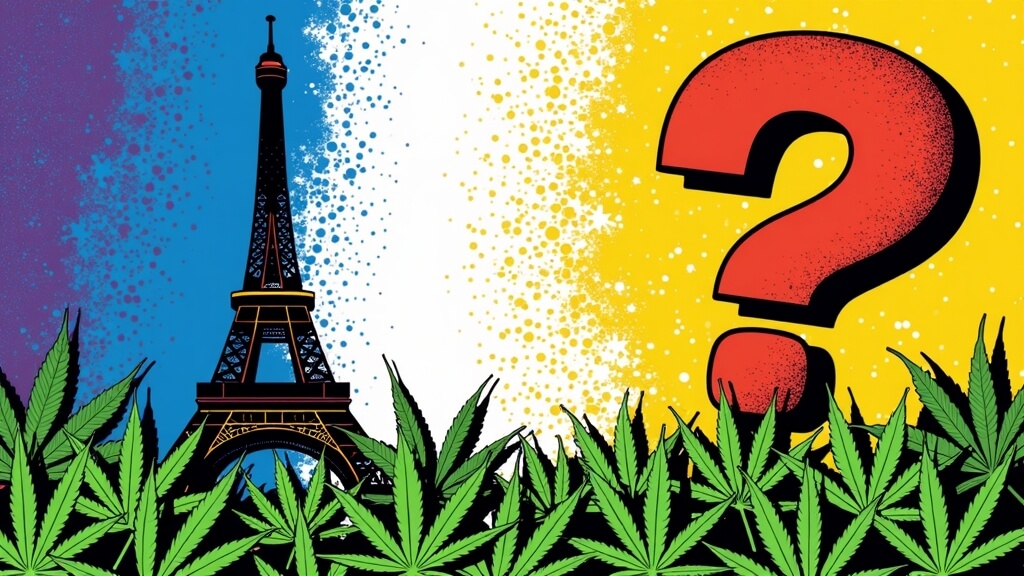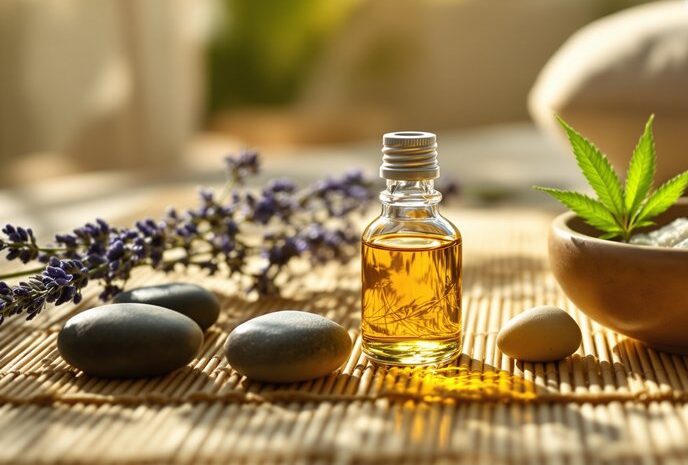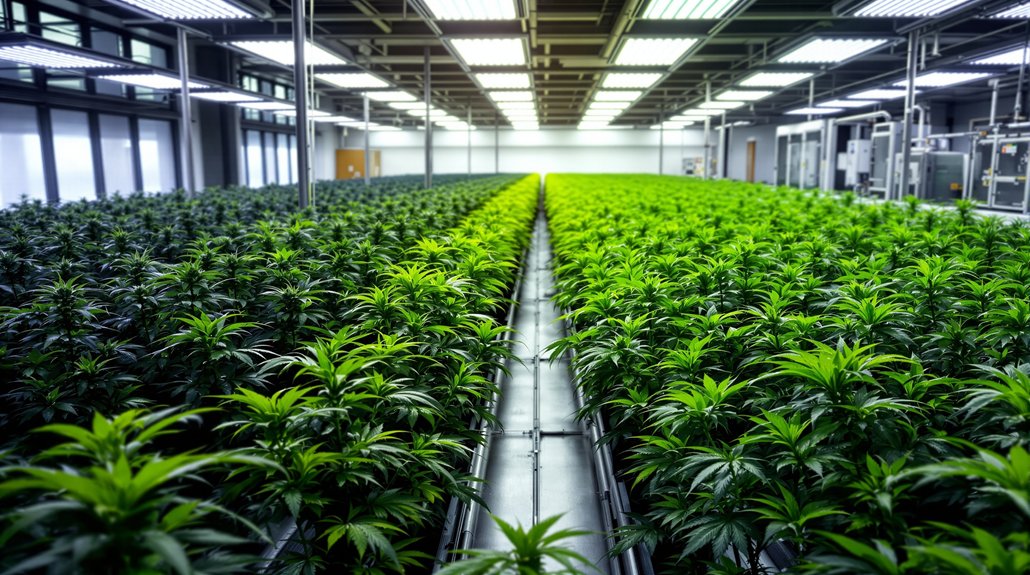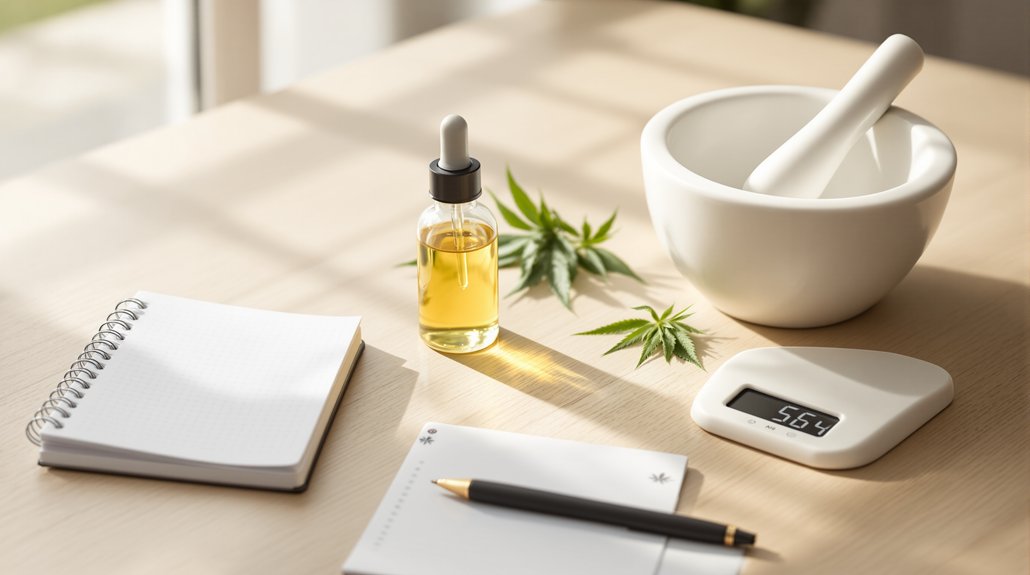Cannabis flower has drastically changed over the decades. Pre-1990s weed contained below 2% THC, but today’s dispensary products average around 20%, a whopping 212% increase since 1995. Illicit market cannabis sits at 16% nationwide. Modern consumers sneer at anything below 10%, with popular strains ranging from 17-28% THC. The potency race shows no signs of slowing.
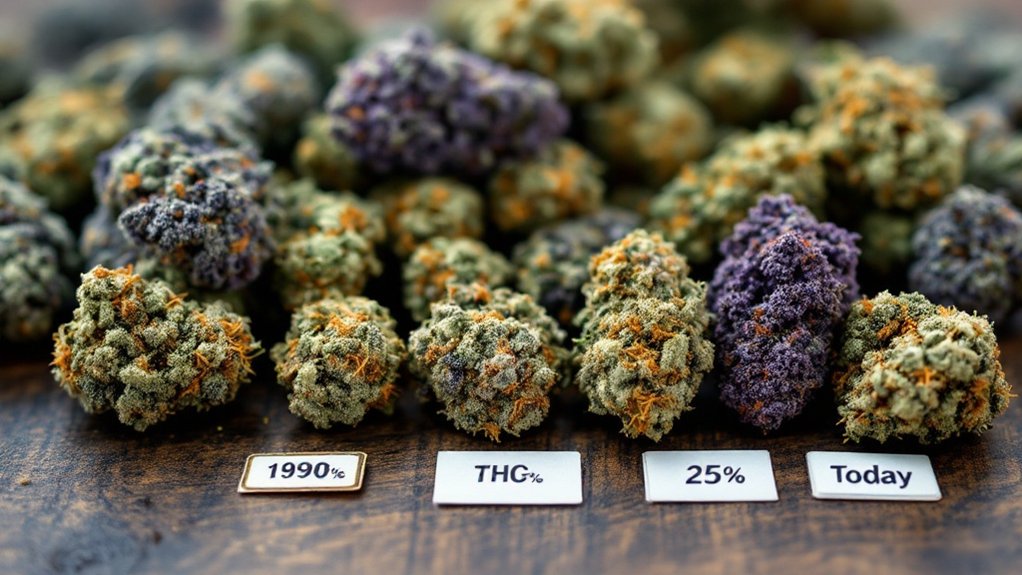
Cannabis potency has skyrocketed in recent decades, transforming what was once a relatively mild substance into something dramatically more powerful. The numbers don’t lie. Before the 1990s, the THC content in marijuana flower sat below 2%. Pretty tame stuff. By the mid-90s, that number had doubled to around 4%. Fast forward to today, and we’re talking about an entirely different plant.
Between 1995 and 2015, THC levels surged by a staggering 212%. Let that sink in. What was once a 4% potency product now averages around 20% in legal dispensaries. The DEA reports illicit marijuana flower averaging 16% THC nationwide. Even that represents a 29% jump from 2021 levels.
Today’s cannabis market is unrecognizable compared to decades past. Strains with 10% THC? Considered weak by current standards. Not unusual to find products boasting 25% THC or higher. In 2017, Colorado’s most popular strains ranged from 17-28% THC. The infamous “Girl Scout Cookie” strain packs a potent THC punch with minimal CBD (less than 0.2%). The days of mellow weed are long gone.
Multiple factors drive these potency increases. Cultivators continually refine growing techniques. Different strains produce varying THC levels. Growing conditions matter. Here’s the kicker – plants producing high THC typically can’t produce much CBD. It’s a trade-off. Analysis from the University of Mississippi’s NCNPR shows that CBD levels remained consistently below 1% throughout decades of monitoring. Experts emphasize that THC percentage alone doesn’t determine the quality or intensity of cannabis effects.
The trend shows no signs of slowing. Commercial markets typically offer even higher potency products than illicit sources. This potency evolution comes as global legalization expands rapidly, with nearly 300 million people now living under legal cannabis frameworks.
And we haven’t even touched concentrated products. Oils, shatter, dab, vape cartridges – these can reach a mind-boggling 95% THC. Ninety-five percent! That’s not your grandparents’ pot. Or even your parents’. These concentrates represent an entirely different level of potency with unclear long-term implications. Like it or not, cannabis isn’t what it used to be.
Frequently Asked Questions
Can Laboratory Testing Methods Influence Reported THC Percentages?
Laboratory testing methods do influence reported THC percentages.
Different techniques yield varying results. HPLC separates compounds precisely while GC requires decarboxylation, potentially altering final numbers.
Sample preparation inconsistencies between labs? They matter too.
And let’s be real, when THCA converts to THC during testing, you lose molecular weight. That affects percentages.
No universal standards exist either.
Different labs, different results.
Do Different Consumption Methods Require Different Optimal THC Levels?
Different consumption methods demand very different THC concentrations. Shocking, right?
Smoking typically works best with 15-25% THC, hitting the bloodstream quickly through lungs.
Edibles? Much lower doses required, just 5-10mg since liver processing amplifies potency.
Tinctures fall somewhere in-between at 10-30mg/mL.
Topicals can handle higher concentrations without getting users high.
The delivery method changes everything about ideal THC levels.
How Do Terpenes Interact With THC to Modify Effects?
Terpenes aren’t just for smell. These compounds modify THC’s effects through the “entourage effect,” creating synergistic interactions that can amplify or temper the high.
Some terpenes reduce THC anxiety while others boost its potency. They literally change how THC activates brain receptors. Pretty impressive for tiny molecules, right?
Studies show these interactions work best when compounds mimic natural cannabis ratios. Full-spectrum extracts pack more therapeutic punch than isolated THC.
What Regulations Govern THC Percentage Labeling Across Different Markets?
THC percentage labeling varies across markets.
All U.S. medical states demand THC content disclosure, percentage and milligrams per serving. Canada’s stricter. Their Cannabis Act requires both percentage and mg/unit for everything.
No global standard exists, though. Some countries go overboard with multilingual requirements and traffic light systems.
Enforcement? Spotty at best. Most jurisdictions focus on consistency in THC/CBD content display.
Makes sense. Consumers should know what they’re getting, right?
